‘This is hostile furniture’: how the sale of National Gallery benches sparked a conversation on museum accessibility
The National Gallery’s red leather seating is to be auctioned, 13-14 October. But its minimal replacement has been criticised for its unwelcome, inaccessible design
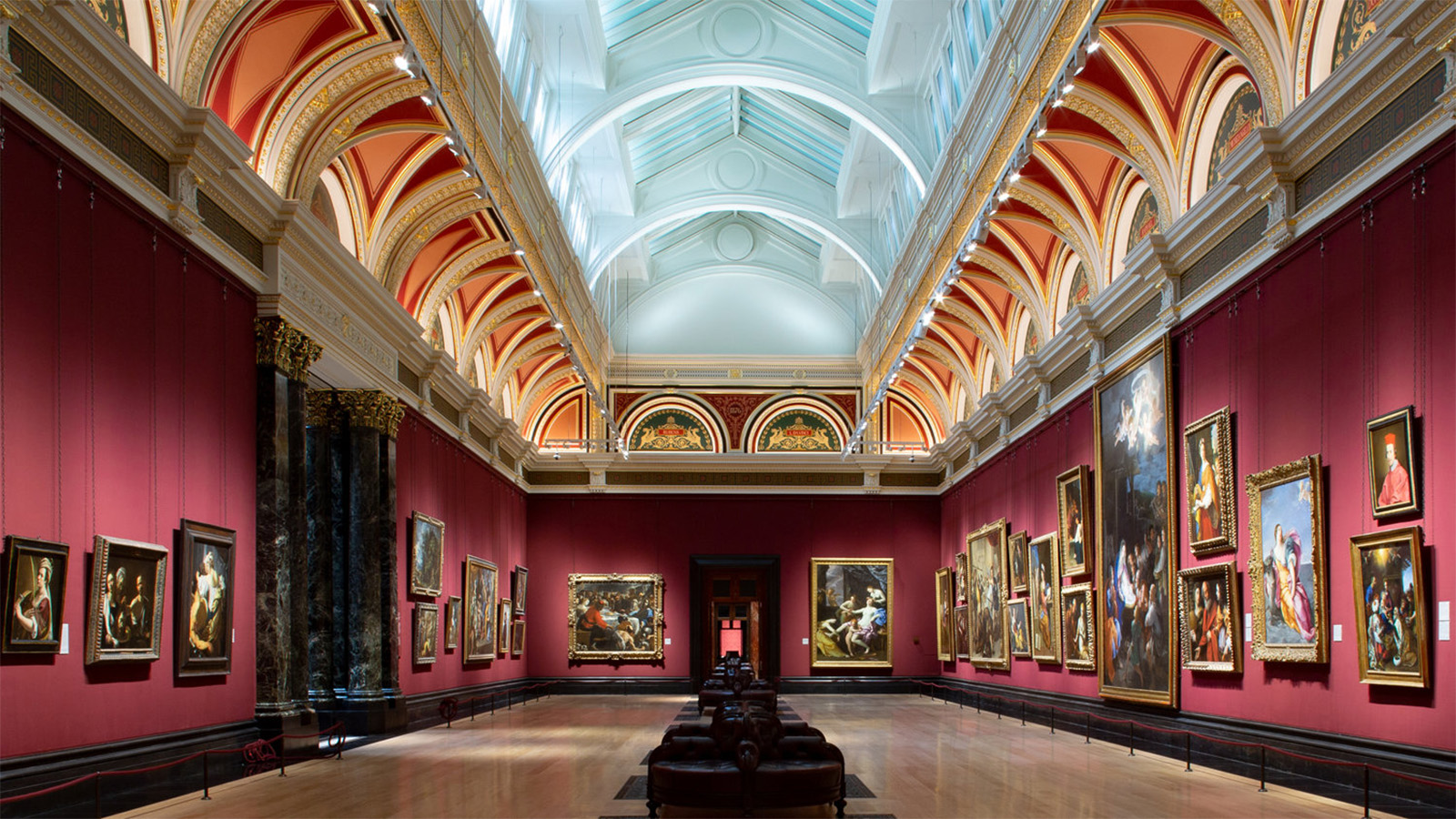
This month, the National Gallery is selling its familiar red leather benches through auction house Bellmans.
According to the museum, the decision is part of a careful, year-long assessment and is intended to rationalise gallery seating throughout its spaces. The assessment evaluated the placement and grouping of benches, accessibility for visitors, and designs’ longevity, safety, compliance, and refurbishment requirements.
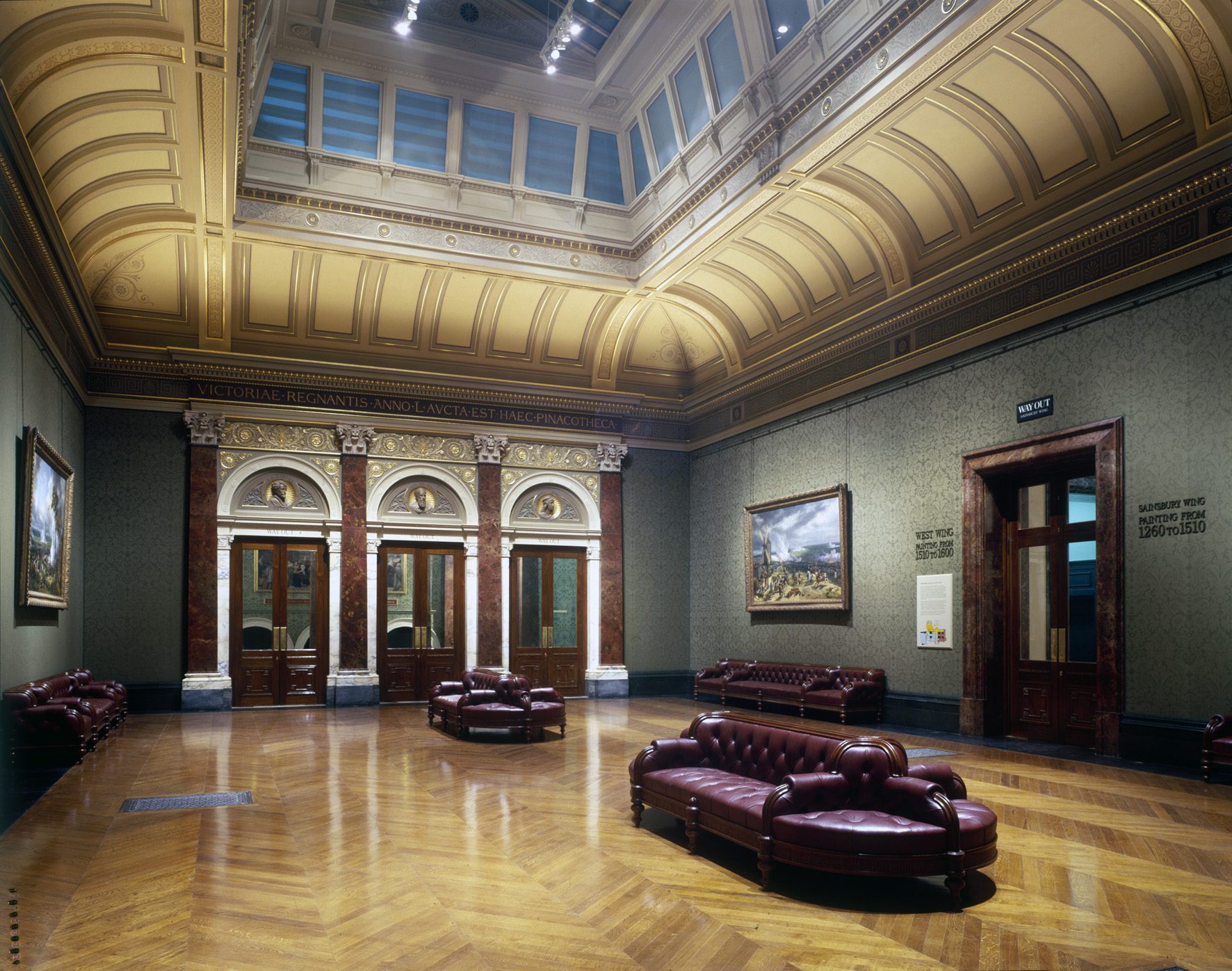
The old-style seating, which is now being auctioned
The 11 benches to be sold, which are reproductions of Victorian designs, made mostly in the 1980s and 1990s, have estimates of up to £1,200 each. The move comes amid the National Gallery’s ongoing redevelopment, which has so far seen the unveiling of a refurbished Sainsbury Wing, by Selldorf Architects, and includes plans to collect more modern and contemporary art.
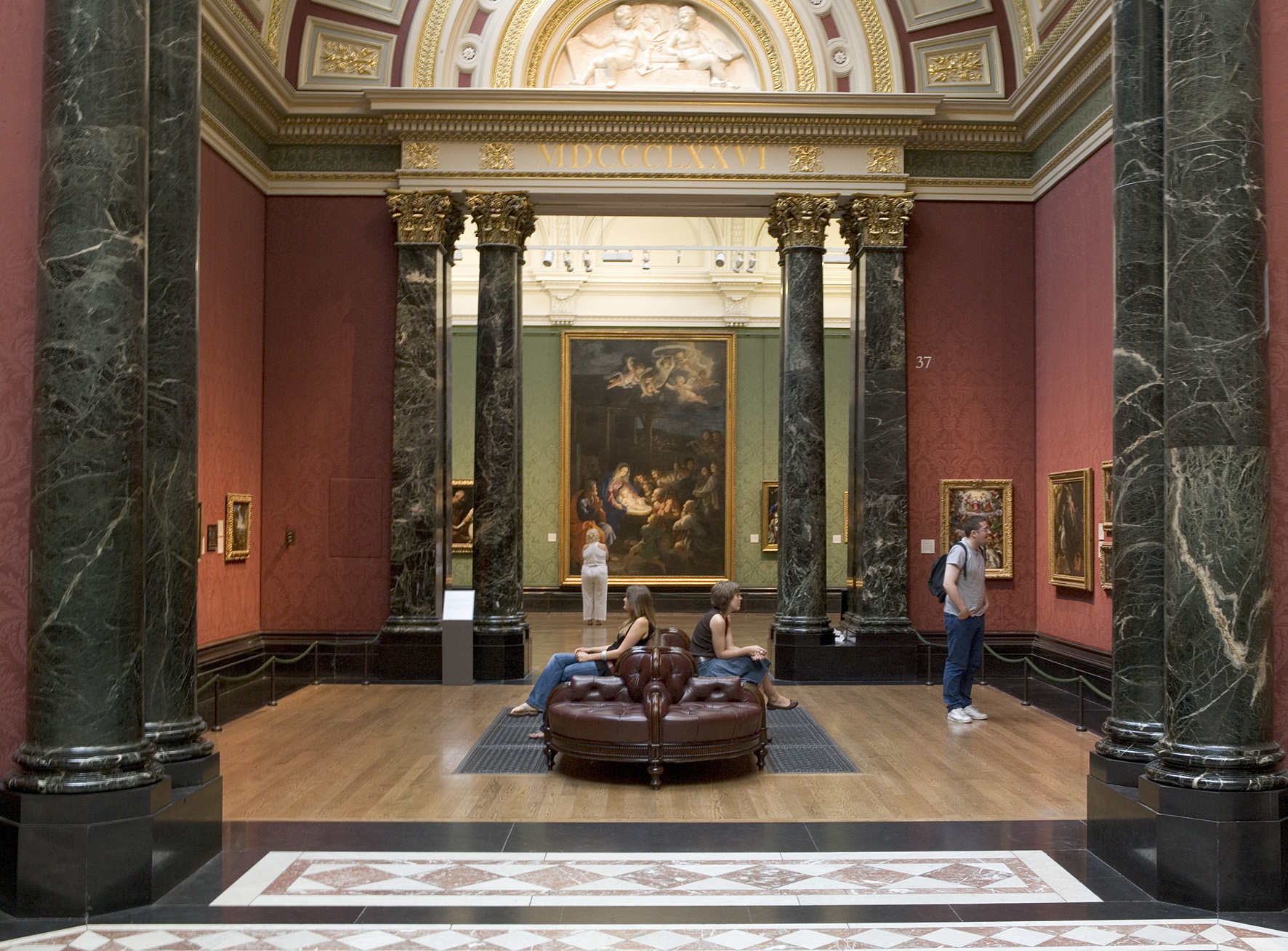
A comfy spot for a break?
However, the replacement of the gallery’s seating has sparked a minor controversy on social media, with opponents of the change bemoaning the loss.
‘The change is symptomatic of a far larger issue with the way we conceive museum spaces,’ says art historian and curator Isabelle Kent. ‘Museum spaces are not utilitarian, for you to come, see, and leave. They are leisure spaces for people to enjoy, explore, or simply be. The underlying idea of museums is lost when they are not comfortable spaces to be in.’
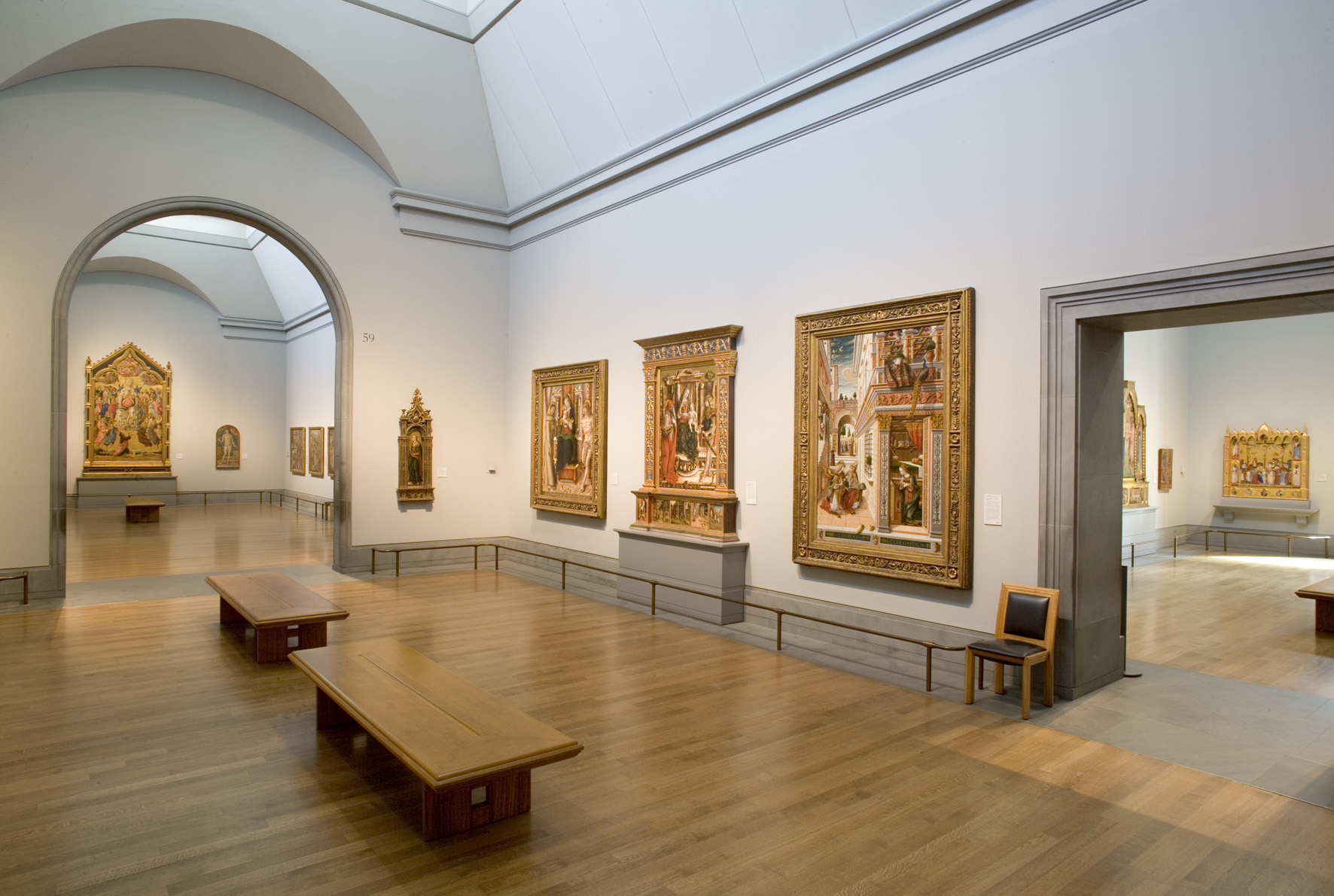
The new oak benches, which the gallery points out have been in place for six months
The new oak seating boasts a much more minimal, rational design that is backless. It is partly a response to health and safety, including fire risk; the previous wood and leather furnishings were difficult to clean and may have attracted pests, which could pose a threat to paintings.
Tracy Jones, head of communications at The National Gallery, tells Wallpaper*, ‘Benches were assessed by historical information, accessibility, impact on visitors’ flow, sustainability, storage and movability, futureproofing and timelessness. [The old] benches were made […] in the mid-1980s to early 1990s. These designs were never previously seen in the gallery and are therefore not “original” to it.’
Receive our daily digest of inspiration, escapism and design stories from around the world direct to your inbox.
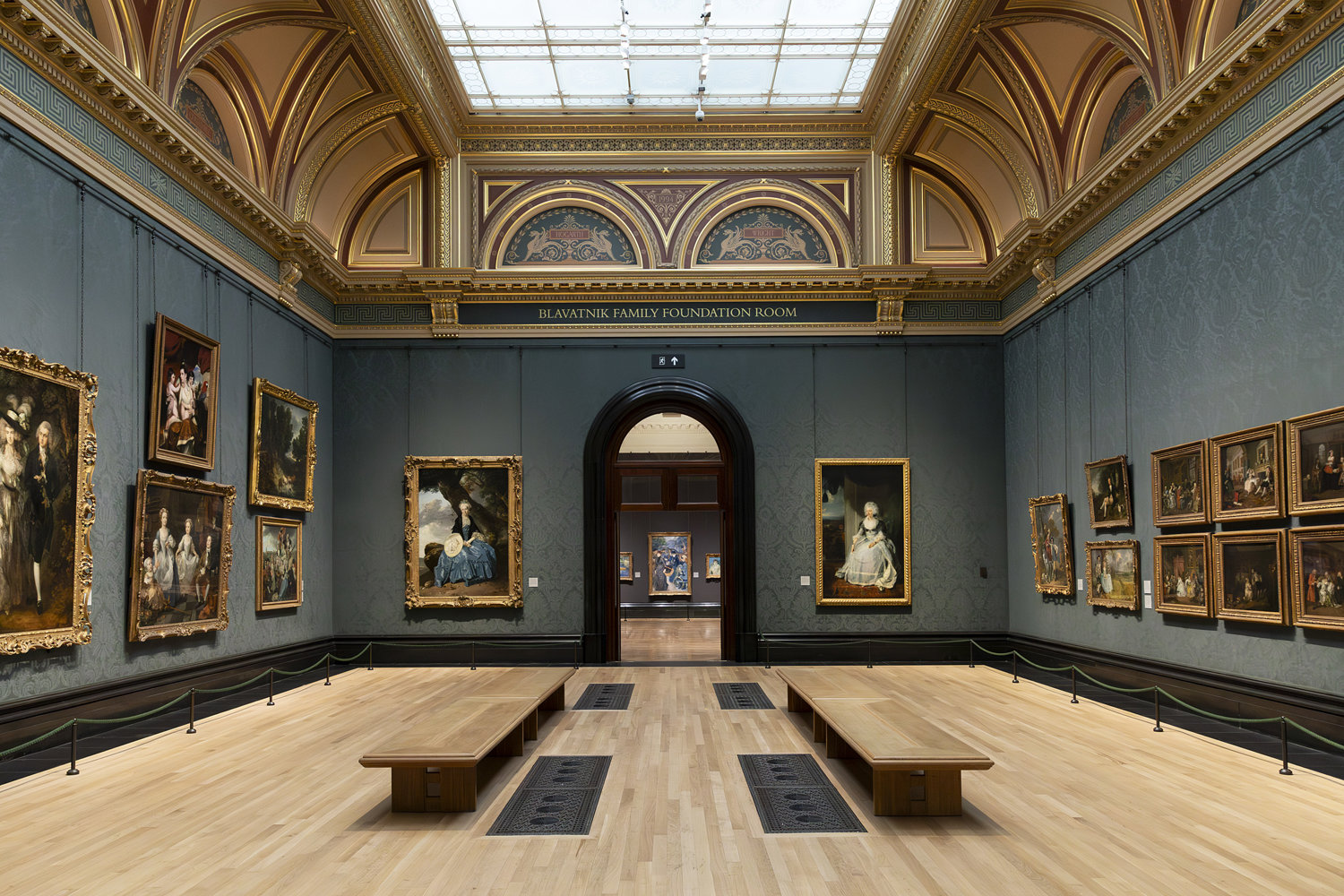
The new benches
She continues, ‘We understand that our visitors had become accustomed to these benches in the galleries and believe that they are original, but when the gallery first opened [in its Trafalgar Square location in 1838], it had no furniture. Later, there were chairs and various other styles of furniture, changing greatly over the years.’
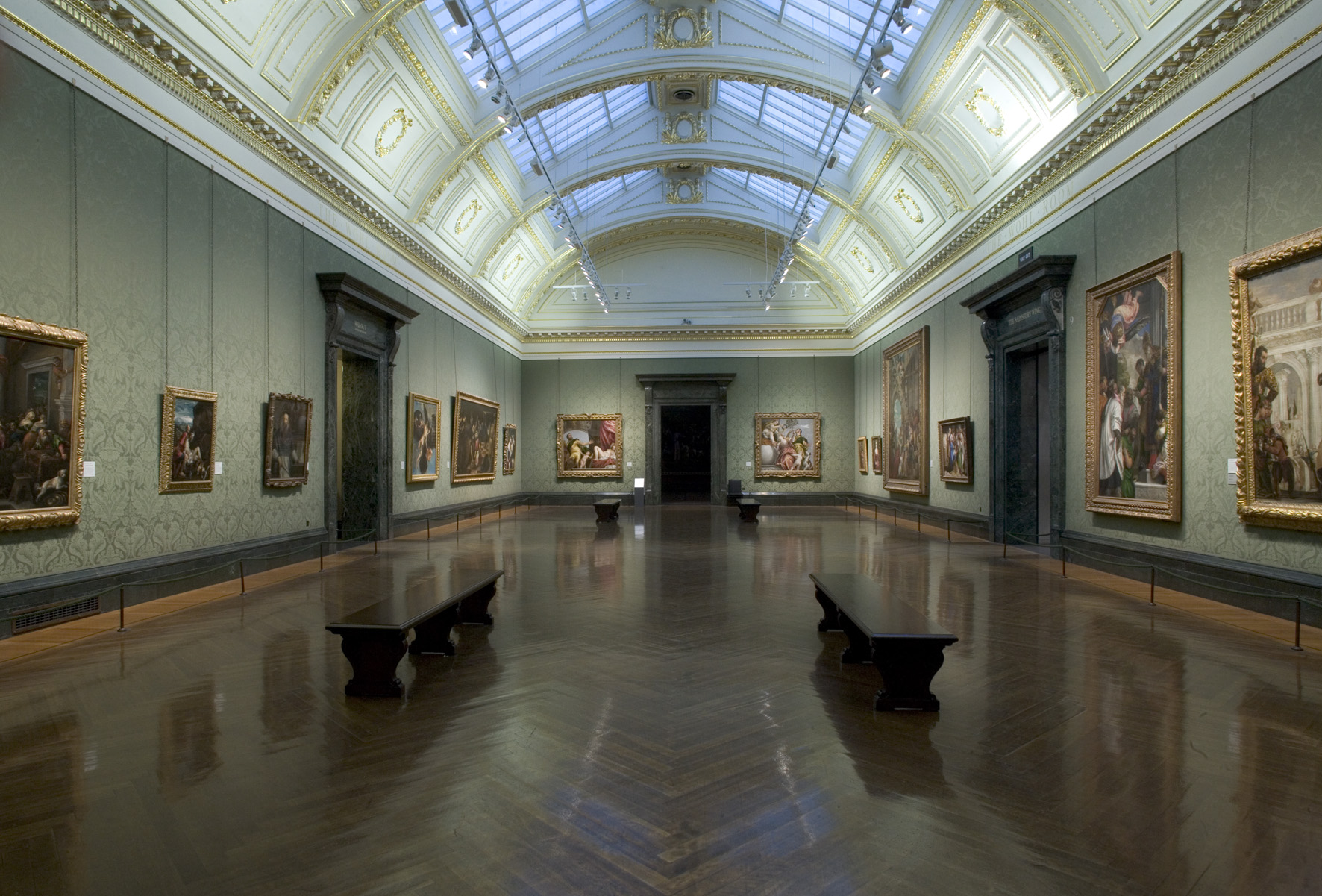
Other existing wood benches at the gallery – also armless and backless
For all the online stir around the new, minimal design choice versus the familiar favourites, it is a lack of accessibility in the new seating that concerns Kent, among others.
‘The old chairs were excellent for people with mobility issues or back pain because they had both arm and back rests, but the new ones are unusable. This is hostile furniture, it is designed to make you move on,’ she says. ‘Ironically, the rhetoric around museums today is all about accessibility, and yet the modern, international museum aesthetic of hard, uninviting spaces is so hostile to anyone with a disability or mobility issues.’
Several people responded to the points raised by Kent to share personal experiences of accessing museum spaces with disabilities and mobility impairments.
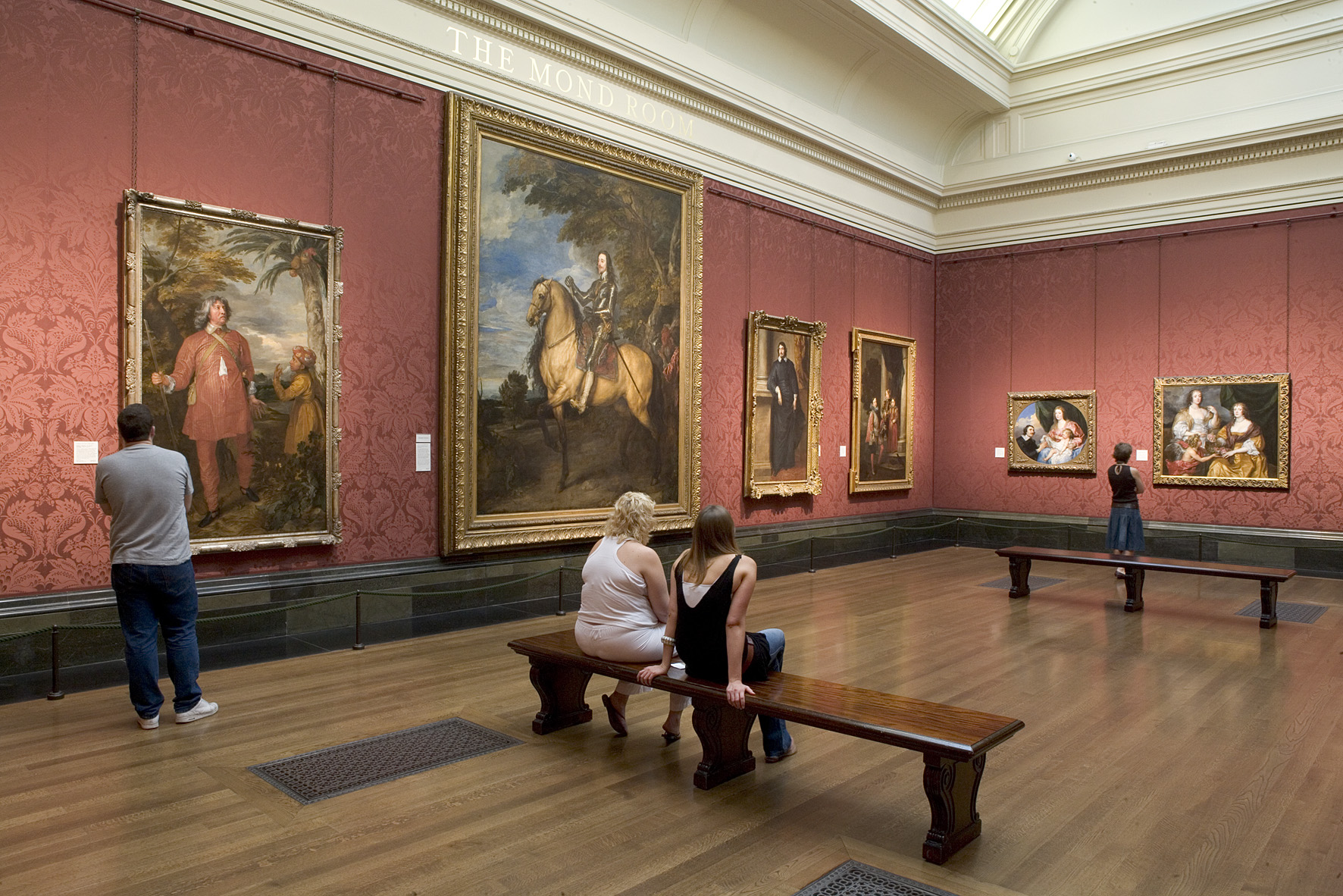
Existing wood benches at the gallery
Responding to the concerns around accessibility, and referencing other examples of existing furniture within its spaces, The National Gallery stated: 'Issues existed around the previous furniture, such as many have no arms or backrests and so are less inclusive. Our new benches (which have already been in place for six months) complement our suite of 29 oak Sainsbury Wing benches. The design approach was to take into consideration the scale and shape of the galleries. It was decided that the new benches should be low-lying, arranged in quadrants in the larger gallery spaces, to preserve the long views across the galleries and not to impede the transversal viewing of the paintings.'
The aim is to provide optimal space for visitors to rest, contemplate, and take a moment to engage with the collection, enhancing the overall visitor experience. Jones confirms that the gallery does have detailed photography and designs of the red leather benches in its archive, should it wish to have them remade in future.
The National Gallery benches will be auctioned 13-14 October 2025 at Bellmans. bellmans.co.uk
Tianna Williams is Wallpaper’s staff writer. When she isn’t writing extensively across varying content pillars, ranging from design and architecture to travel and art, she also helps put together the daily newsletter. She enjoys speaking to emerging artists, designers and architects, writing about gorgeously designed houses and restaurants, and day-dreaming about her next travel destination.
-
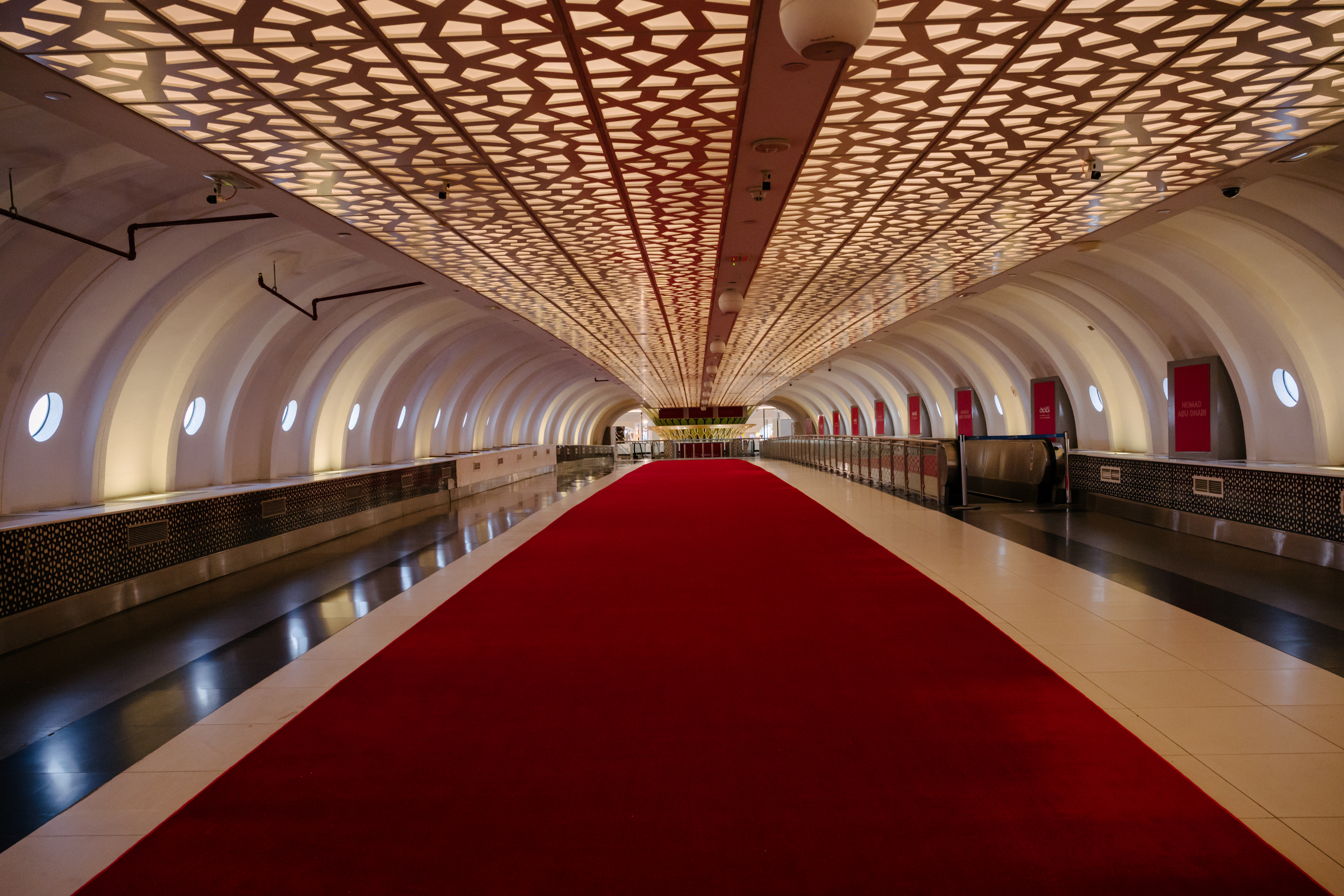 Itinerant design fair Nomad lands in Abu Dhabi's Zayed International Airport
Itinerant design fair Nomad lands in Abu Dhabi's Zayed International AirportNomad brings new life to an iconic Abu Dhabi building, marking a new point of arrival (or departure?) for collectible design in the region
-
 The best luxury Christmas crackers for a banging holiday celebration
The best luxury Christmas crackers for a banging holiday celebrationFrom sweet treats to beauty must-haves, these snappy little luxuries offer a fresh twist on tradition
-
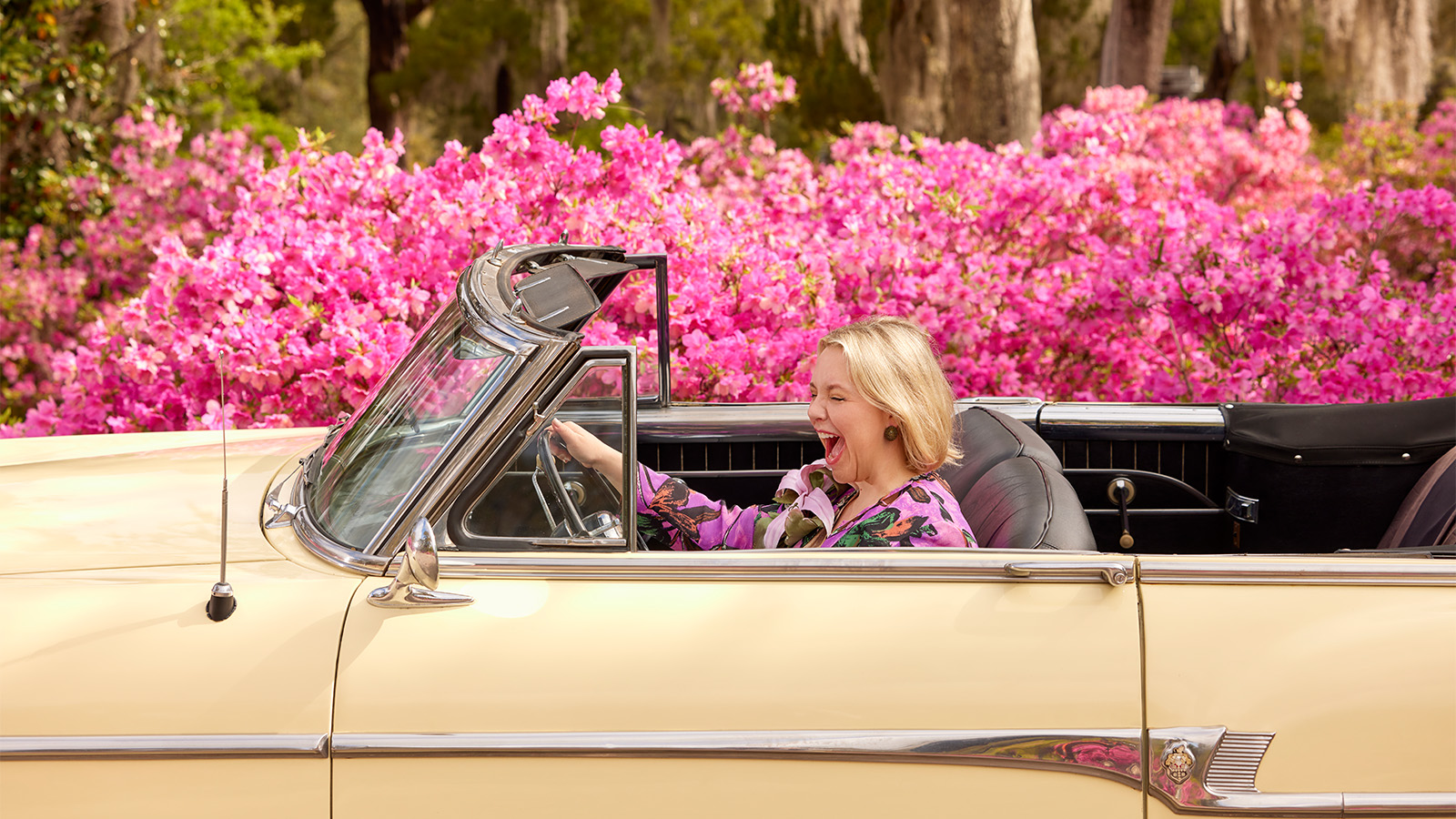 How We Host: Meet Rebecca Gardner, Sofia Coppola's favourite party planner
How We Host: Meet Rebecca Gardner, Sofia Coppola's favourite party plannerThe key ingredient to a good time? 'An element of danger,' the Houses & Parties founder tells us
-
 Mark+Fold turns ten with first Shoreditch pop-up
Mark+Fold turns ten with first Shoreditch pop-upBritish stationery brand Mark+Fold celebrates ten years in business with a Brick Lane pop-up featuring new products, small-batch editions and conversations with creatives
-
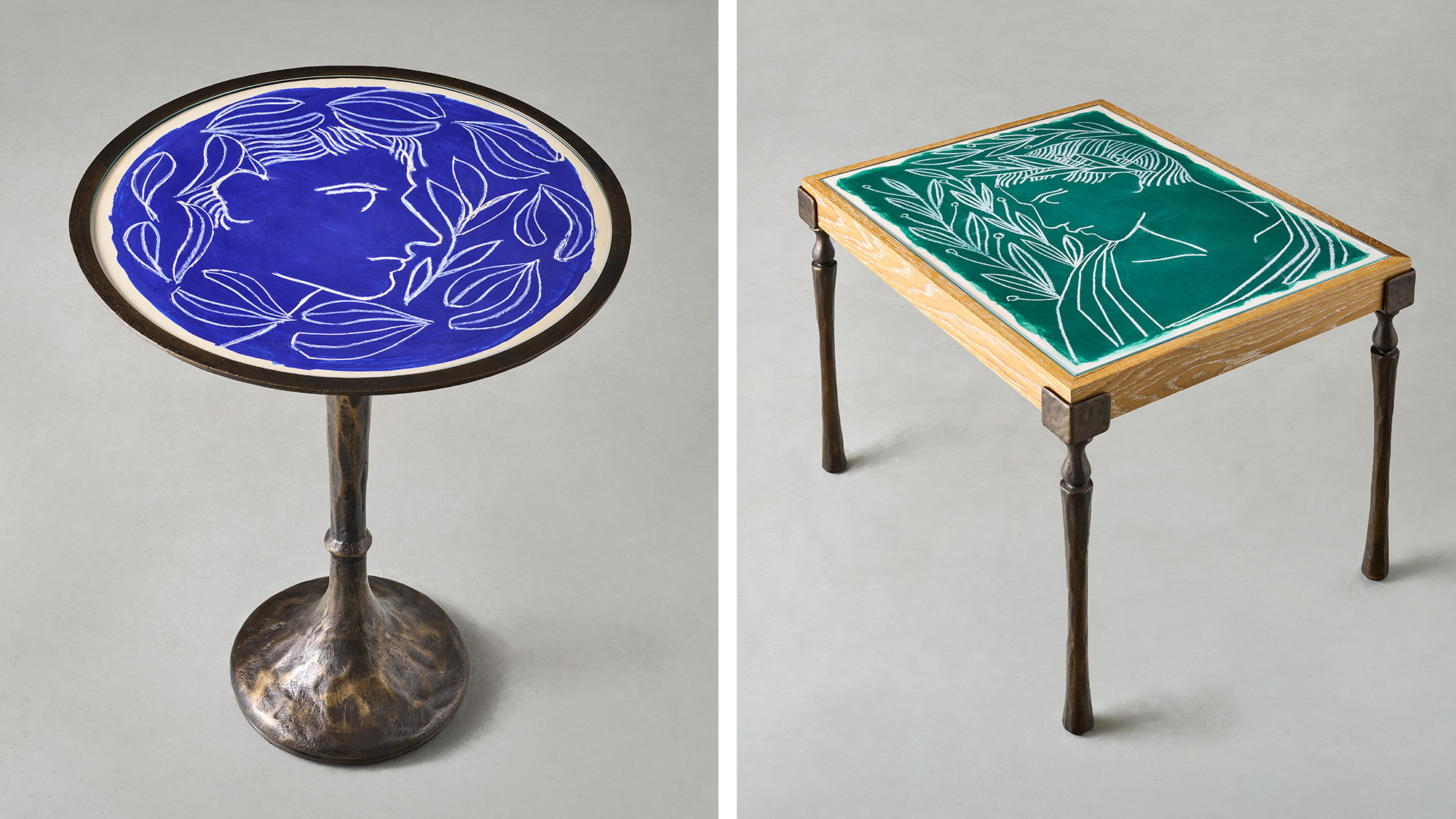 Francis Sultana and Roberto Ruspoli’s Greco-Roman-inspired furniture feels fresh and contemporary
Francis Sultana and Roberto Ruspoli’s Greco-Roman-inspired furniture feels fresh and contemporaryA new collection, launching at David Gill Gallery in London, presents furniture and decorative pieces inspired by Mediterranean villas, French art and Etruscan engraving
-
 The new office of the Italian embassy in London is a love letter to the country’s creativity
The new office of the Italian embassy in London is a love letter to the country’s creativityWallpaper* takes a peek inside Casa Italia, the new Italian embassy in London, designed by our long-time collaborator Nick Vinson
-
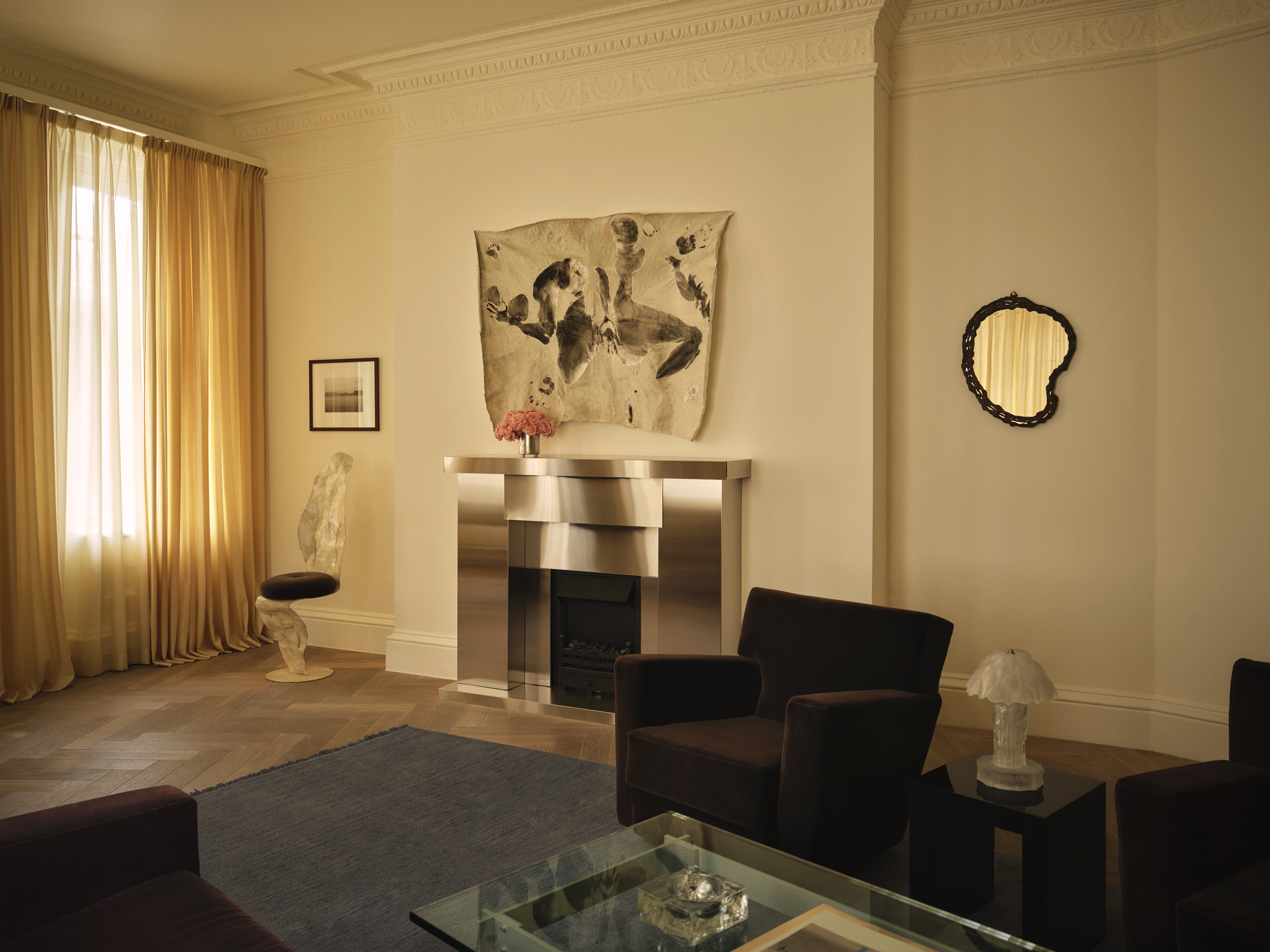 Nordic Knots arrives in London with a stylish pied-à-terre in Mayfair
Nordic Knots arrives in London with a stylish pied-à-terre in Mayfair‘Design has always been about creating a feeling’: Nordic Knots brings its vision of home to Mayfair
-
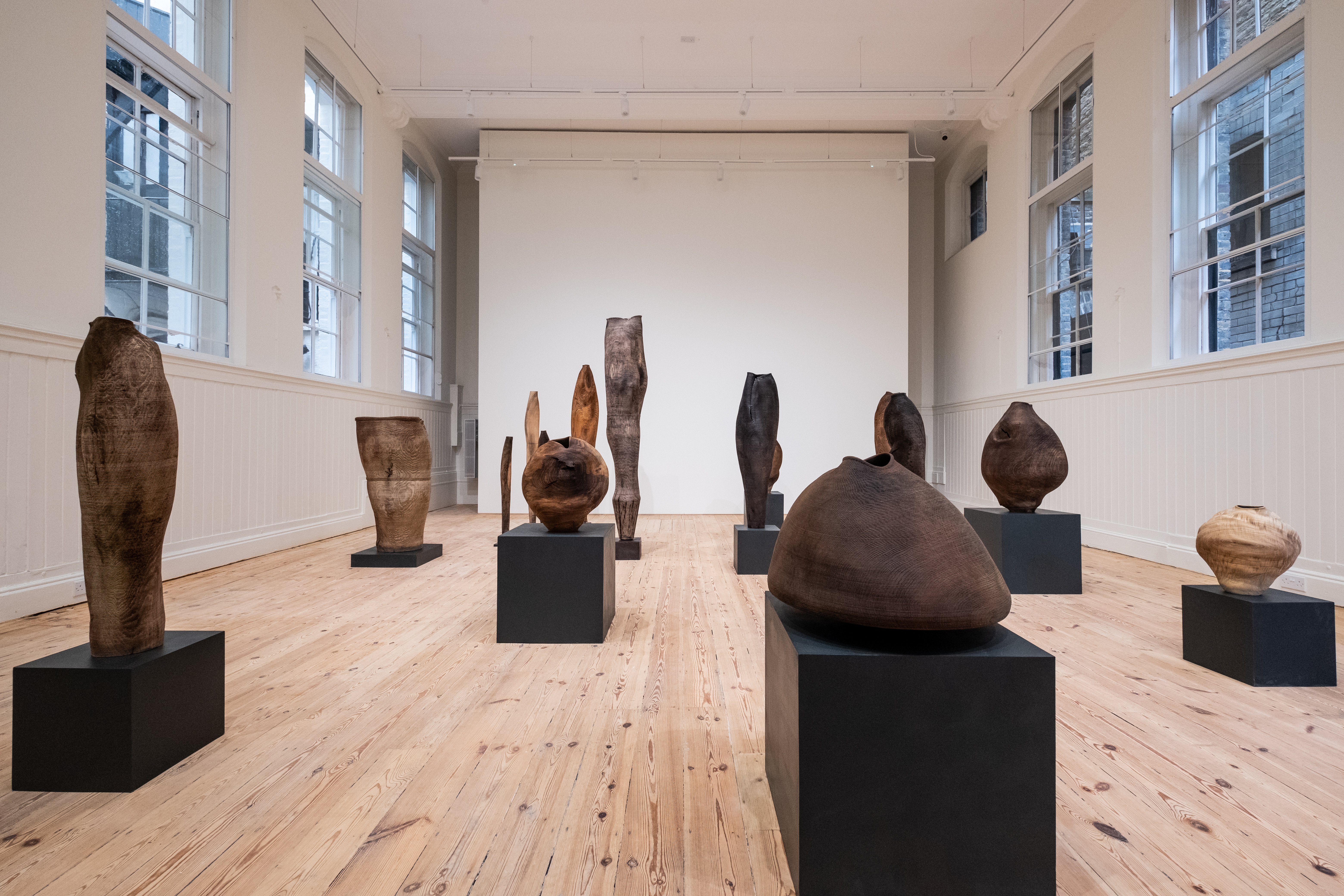 A once-abandoned Mayfair schoolhouse is set to become London's ultimate destination for crafted arts
A once-abandoned Mayfair schoolhouse is set to become London's ultimate destination for crafted artsGallerist Sarah Myerscough opens a new permanent location, which will serve as a space to celebrate and foster craftsmanship in the city
-
 Sophie Smallhorn’s plywood tables for Uncommon Projects are colourful and modular
Sophie Smallhorn’s plywood tables for Uncommon Projects are colourful and modularThese modular tables by the artist and the plywood specialist play with colour for function, fun and flexibility
-
 Alexandre de Betak on getting lost to find himself in London
Alexandre de Betak on getting lost to find himself in LondonAs the world-renowned artistic director opens his first personal studio in London during Frieze Week, Alexandre de Betak reflects on leaving the fashion runway behind to explore light, space and creative freedom
-
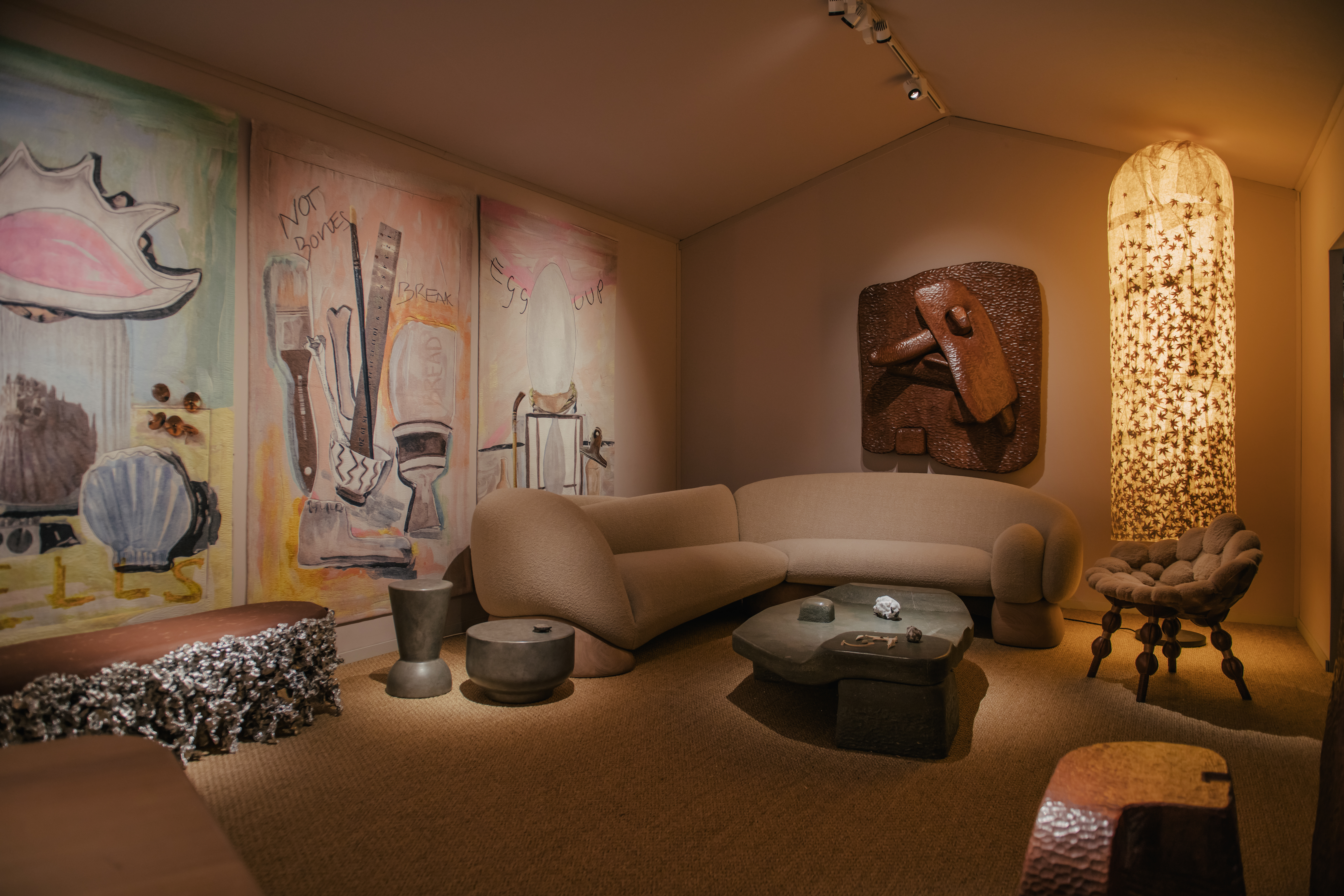 Step inside Faye Toogood's intimate cabinet of curiosities at PAD London
Step inside Faye Toogood's intimate cabinet of curiosities at PAD LondonFor PAD London 2025, (until 19 October) Faye Toogood presents The Magpie’s Nest with Friedman Benda